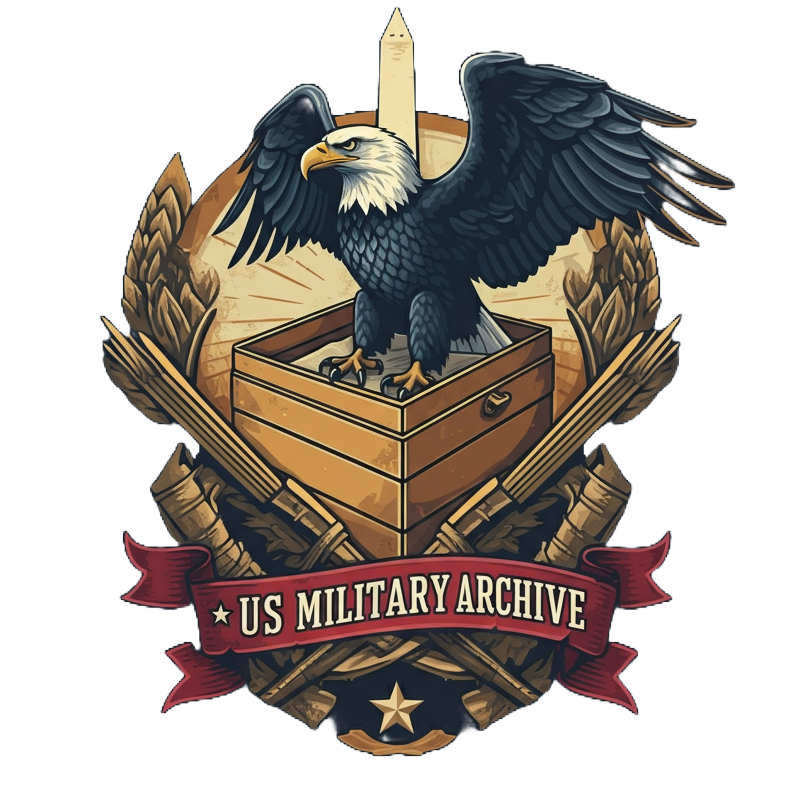Archive Text
Holland Smith: Architect of Modern Amphibious Warfare
Major General Holland McTyeire "Howlin' Mad" Smith remains a pivotal figure in US Marine Corps history, indelibly shaping amphibious warfare doctrine during World War II. While his volatile personality is often recalled, his logistical genius and foresight significantly impacted modern amphibious operations. His career, spanning the interwar period through WWII and into the nascent Nuclear Age, offered a unique perspective on warfare's evolving nature and its logistical demands.
The interwar period (1918-1939) presented the Marine Corps with a formidable challenge: developing a doctrine for projecting power ashore. This involved overcoming initial design challenges in equipment, organization, and strategy. Existing landing craft were unsuitable for navigating contested coastlines, specialized equipment was lacking, and the framework for sustaining a force ashore was underdeveloped. Smith's contributions to addressing these challenges are foundational to modern amphibious operations.
Smith's involvement in developing amphibious doctrine was crucial. He championed meticulous planning, specialized training, and tight coordination between naval and ground forces. Recognizing the necessity of a combined arms approach, integrating air, ground, and logistical elements, he played a key role in establishing the Fleet Marine Force (FMF), a concept that proved critical in WWII's Pacific campaigns. The FMF concept, a direct response to the initial design challenges of amphibious warfare, formalized the integration of the Navy and Marine Corps for projecting power ashore.
Smith's logistical acumen was severely tested during WWII. As V Amphibious Corps commander during the invasions of Tarawa, Kwajalein, Saipan, and Tinian, he faced immense logistical hurdles. Supplying a force across vast distances, landing on defended beaches, and moving supplies inland demanded constant adaptation. The limitations of existing landing craft were starkly revealed during the Battle of Tarawa in 1943. Marines were forced to wade through hundreds of yards of exposed reef under heavy fire, resulting in significant casualties and delays. This experience underscored the need for improved landing craft capable of traversing reefs and delivering troops and supplies directly to the beachhead. Smith's advocacy for tracked landing vehicles (LVTs), a direct solution to an initial design challenge, proved crucial in subsequent operations, drastically improving landing efficiency.
The complexity of island-hopping campaigns also necessitated innovations in supply chain management. Smith stressed pre-positioning supplies, establishing forward logistics bases, and using air transport for critical materiel delivery. He understood that sustaining the force ashore was paramount, relentlessly pushing for improvements in logistical planning and execution. For example, during the Marianas campaign, pre-positioning supplies on recently captured islands allowed for rapid resupply and sustained offensive operations.
Smith's logistical focus extended beyond tactics. He recognized the strategic importance of secure supply lines and efficient port operations to handle the massive materiel volume required for sustained operations. He advocated for specialized port battalions and integrating logistics planning into the overall operational design of amphibious campaigns. This holistic approach was vital to the island-hopping campaign's success.
While the dawn of the Nuclear Age didn't directly relate to Smith's wartime logistics, it influenced the future of amphibious warfare. The potential for nuclear devastation questioned the feasibility of large-scale amphibious assaults. However, Smith's emphasis on flexibility, adaptability, and integrating diverse capabilities remained relevant in the Cold War. The logistical lessons of WWII, shaped by Smith's experience, continued informing Marine Corps doctrine throughout the Cold War and beyond. The ability to rapidly deploy and sustain forces in remote environments, central to Smith's amphibious warfare approach, became even more critical in an era defined by the nuclear threat and the need for flexible response.
In conclusion, Holland Smith's legacy transcends his reputation as a fierce combat leader. His contributions to amphibious warfare doctrine, particularly his focus on logistical planning and adaptation, were essential to Allied victory in the Pacific. His insights, from initial design challenges to the strategic importance of supply lines, continue to shape Marine Corps doctrine. Though the Nuclear Age transformed the strategic landscape, Smith's emphasis on flexibility and adaptability remains relevant in the 21st century.
Files
There are no files available.

